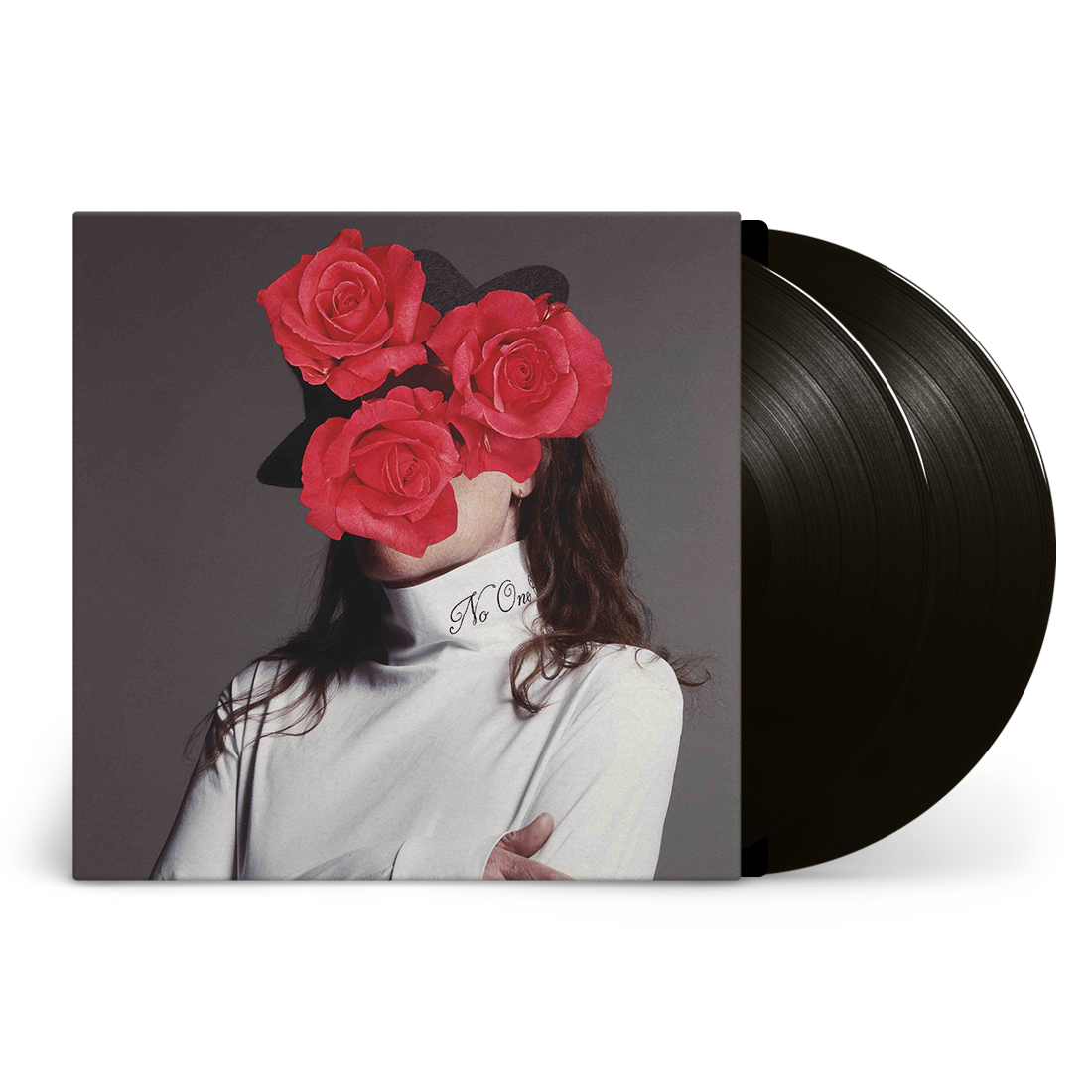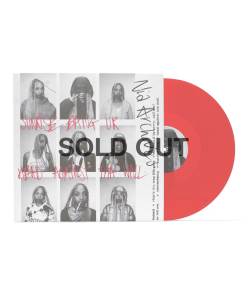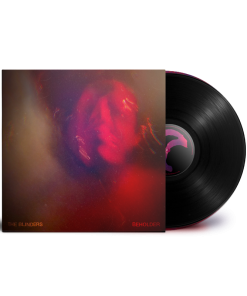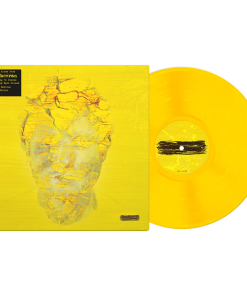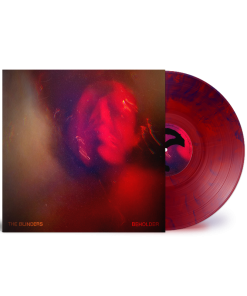When I Hit You – You’ll Feel It: Vinyl 2LP Leslie Winer
$ 34,99 $ 20,99
Light in the Attic is ecstatic to announce When I Hit You—You’ll Feel It: a 16-track anthology that celebrates the extraordinary work of musician, poet, and author, Leslie Winer. When I Hit You—You’ll Feel It spans Winer’s three-decade-long musical career: from her groundbreaking solo work in the early ‘90s to her latest inspired projects. Featuring musical contributions from Jon Hassell, Helen Terry, Jah Wobble, Renegade Soundwave’s Karl Bonnie, and others, the collection also spotlights Winer’s diverse collaborations, and unearths previously-unreleased recordings.
Born to a teenage mother and sold for $10,000 in a black market adoption when she was just hours old, Winer has always lived an uncommon life. She grew up in Boston with a voracious appetite for music and the written word and embraced the city’s lively jazz and folk scene in the ‘70s. Moving to New York for art school, she gravitated towards a vibrant crowd of intellectuals, artists, and radical thinkers—or perhaps they gravitated towards her.
There, Winer formed an unlikely friendship with writer and artist William S. Burroughs and lived on-and-off with Jean-Michel Basquiat. In London, where Winer began her musical ventures in earnest, she was a regular at Leigh Bowery’s underground club Taboo, where she met many of her collaborators, including filmmaker John Maybury, Kevin Mooney (of Adam and the Ants), and Boy George, who once declared that Winer “might just be the coolest woman on the planet!”
Winer’s striking looks also attracted fashion designers and photographers. Throughout the early ‘80s, she was an in-demand model—appearing in campaigns for Valentino, Christian Dior, and Yohji Yamamoto, and serving as a muse for a young Jean-Paul Gaultier, who later dubbed Winer “the first androgynous model.” She posed for Helmut Newton, Irving Penn, and Pierre et Gilles, and graced the covers of The Face, French and Italian editions of Vogue, and Mademoiselle.
But music was Winer’s true passion and, at the turn of the ‘90s, she would unknowingly help invent the massively popular genre known today as trip-hop.
In the modern era, one is hard-pressed to find an artist who continues to push the creative envelope as much as Winer does. And yet, three decades after her revolutionary debut, her work remains just as startling and fresh.
Fast Delivery and Professional Packaging
Our long-standing relationship with UPS FedEx DHL and other carriers around the world gives us the ability to provide various shipping options. Our warehouse personnel will pack all goods to our exacting requirements. Your goods will go through an extensive inspection and will be securely secured prior to being shipped. Every day we ship thousands of packages to clients from all over the world. This is a sign of our determination to be the largest online retailer in the world. There are distribution centers and warehouses in Europe and the USA.
Orders that contain more than 1 item are assigned processing periods in accordance with the item.
Prior to shipment, all purchased items will be thoroughly inspected. The majority of orders are shipped within 48 hrs. Delivery is expected to take between 3 and 7 days.
Returns
The stock is dynamic and we do not completely manage it because multiple parties are involved, which includes our factory and warehouse. The actual stock can fluctuate at any time. It's possible that the stock may run out after your order has been processed.
Our policy lasts for 30 days. Unfortunately, if thirty days have passed from the date you purchased the item, we will not be able to offer you a return or exchange.
The item should not be used, and it must be in the original packaging. The item should be in the original packaging.
Related products
Vinyl LP
Vinyl LP
Vinyl LP
Vinyl LP
Vinyl LP
